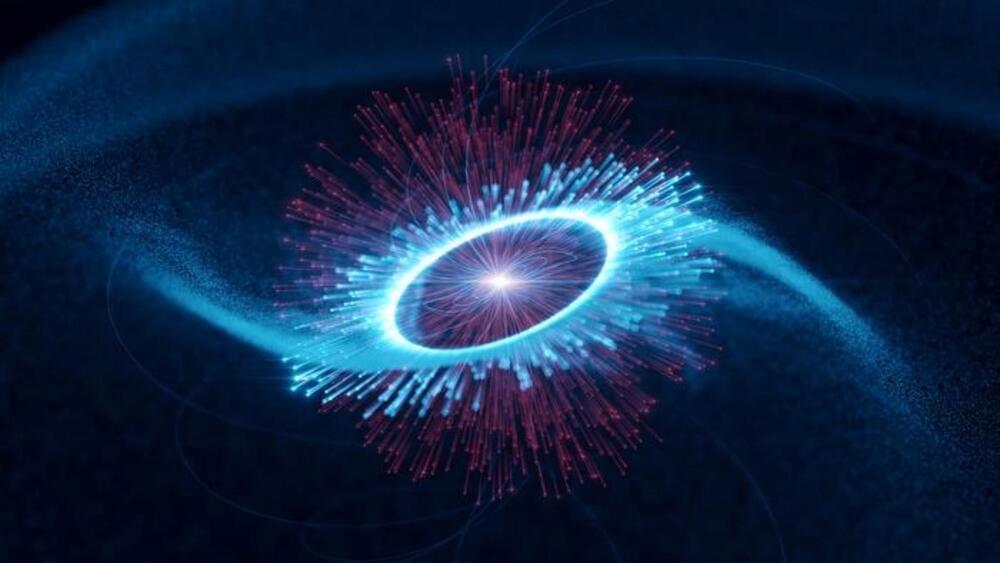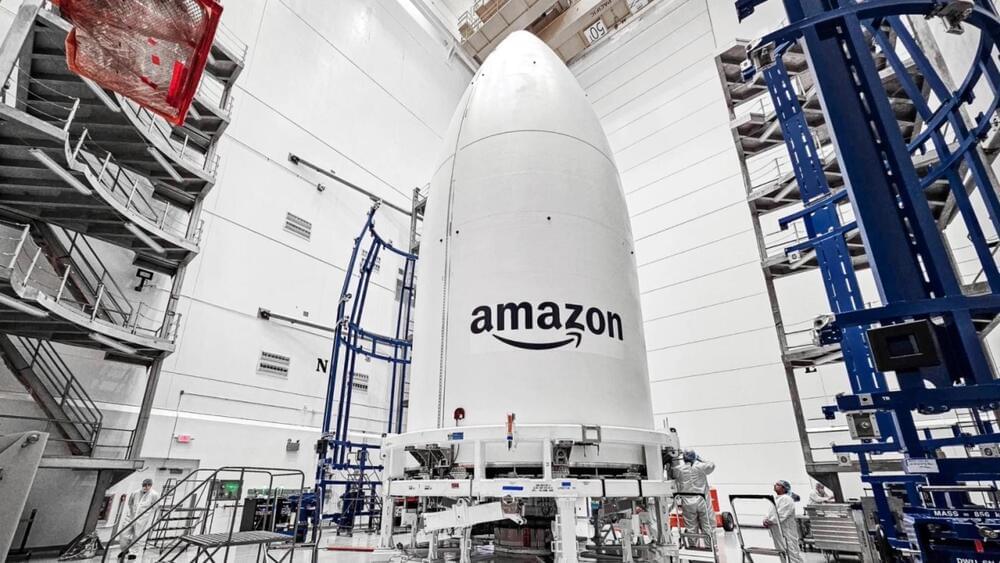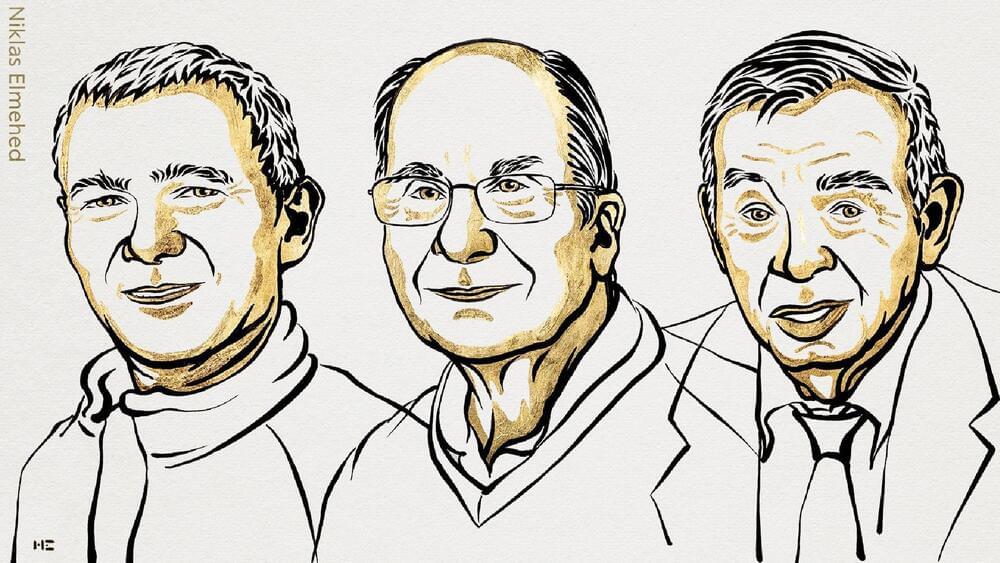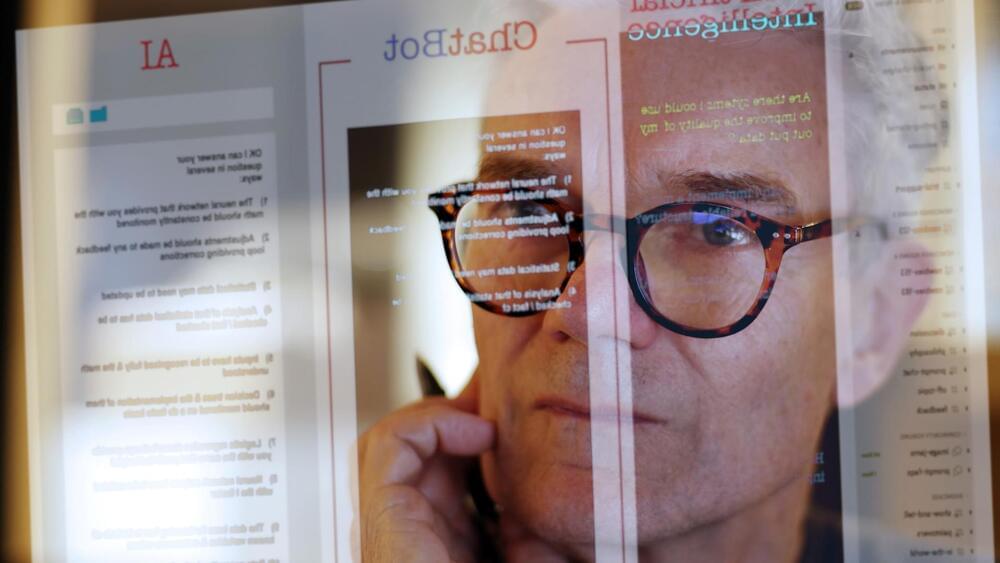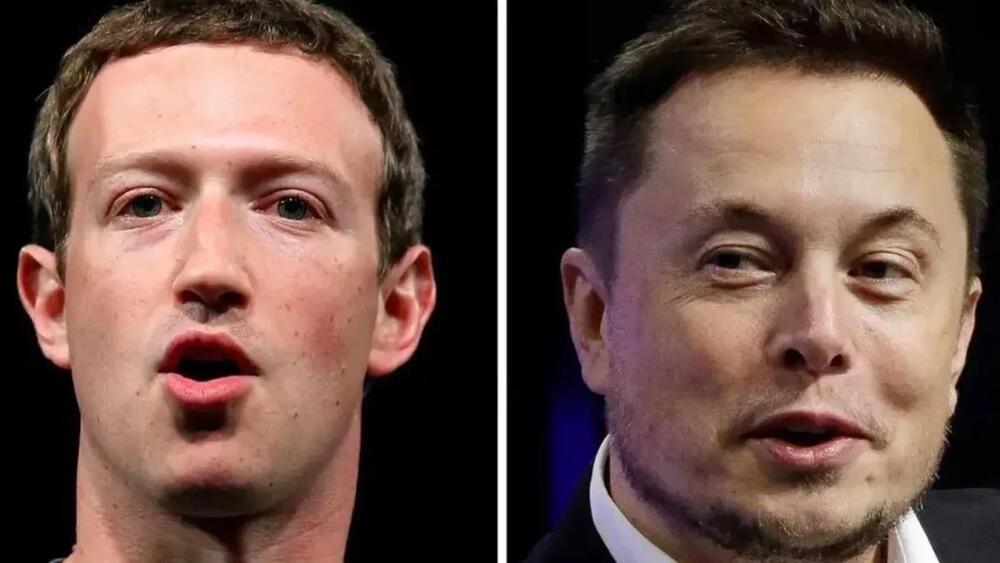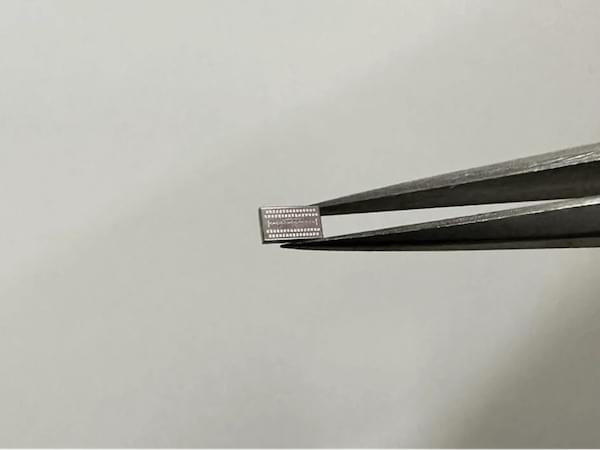The Vela pulsar has claimed the record for emitting the most powerful gamma rays among all known pulsars.
A corpse of a dead star has been found to be emanating the most intense gamma rays ever observed. This unexpected observation was found coming from the Vela pulsar, situated in the constellation Vela.
Astronomers noted that the detected gamma rays had an astonishing energy level of 20 tera-electronvolts (TeV), which is ten trillion times higher than the energy of visible light.
Science Communication Lab for DESY
This unexpected observation was found coming from the Vela pulsar, situated in the constellation Vela.
